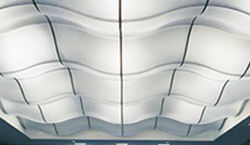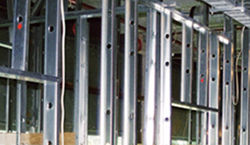-
INDIA, ENGLISH
- Contact
- Where to Buy
- Favourites
-
Order Samples
Order Samples
- Order Sample Summary
- Order Sample History
- My Downloads
-
User Profile
User Profile
- Manage Profile
- Logout
-
Looking for product documents?
Try our Document Finder
-
Who is Knauf
-
Who is Knauf
-
About Knauf
-
About Us
-
-
About USGknauf In India
-
About USGKnauf In India
-
- Career
-
Contact Us
-
Contact Us
-
- Code Of Conduct
- Supplier Code of Conduct
- POSH Policy
- Products
-
Products
-
CEILINGS
-
CEILINGS
- Acoustic Panels & Ceiling Tiles
ACOUSTIC PANELS & CEILING TILES
- Acoustical Suspension Systems
Acoustical Suspension Systems
- Gypsum Ceiling Tiles
Gypsum Ceiling Tiles
-
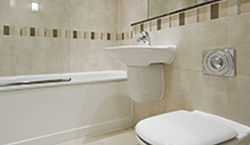
Gypsum Ceiling Tiles
Contemporary design exhibited with a difference, our bejewelled range of Gypsum Ceiling Tiles is available in vinyl, texture, color, paper touch and acoustic touch patterns.
- Integrated Systems
Integrated Systems
-
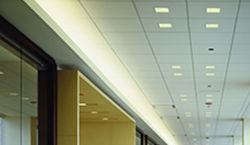
Integrated Systems
Working on the art of bringing together varied components and developing highly functional systems, we work towards sufficing quality needs of our valuable clients.
- Specialty Ceilings
Specialty Ceilings
- Metal Ceilings
Metal Ceilings
- Metal Ceilings Microsite
Metal Ceilings Microsite
-
-
INTERIOR PANELS
-
INTERIOR PANELS
- Panels & Drywalls
Panels & Drywall
- Steel Framing
Steel Framing
-
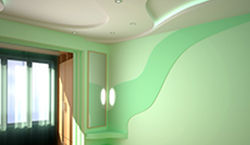
Steel Framing
Exhibiting strength and ability to hold structural frameworks, our extensive range of steel framing patterns would be your companion for life.
-
-
FINISHES
-
FINISHES
- Joint Compounds
JOINT COMPOUNDS
- Joint Tapes
Joint Tapes
-

Joint Tapes
Powered to add high quality fixtures to various materials, our qualitative range of Joint Tapes are an epitome of strength.
- Tools & Accessories (Finishes)
Tools & Accessories (Finishes)
-

Tools & Accessories (Finishes)
Lending a strong foundation to the entire structure, the tools and accessories at USG Boral will keep the framework intact.
-
-
SURFACES
-
SURFACES
- Wall Putty
Wall Putty
-
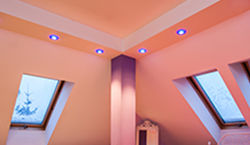
Wall Putty
Giving long life to the paints by lying firmly below them, the Tuff Silk Wall Putty exhibits tremendous amount of quality towards weather resistance.
- Plasters
Plasters
-

Plasters
A range of plaster of paris that works wonder to the ceilings and empowered with utmost strength, we make sure that your feel elated on seeing ceiling patterns.
-
-
Industrial Plaster
-
Industrial Plaster
-
-
Technical Boards
-
Technical Boards
-
-
Substrates
-
Substrates
-
Technical Boards
- Solutions
-
Solutions
-
HEALTHCARE
-
HEALTHCARE
- Healthcare
Healthcare
-

Healthcare
Lightweight building solutions for a variety of interior applications commonly encountered in hospitals and other health care buildings.
-
-
EDUCATION
-
EDUCATION
- Education
Education
-

Education
Solutions to satisfy specific requirements of education buildings, such as fire protection, sound isolation, sound absorption and impact resistance.
-
-
Glass-Mat
-
Glass-Mat
-
- Inspirations
-
Inspirations
-
ARCHITECTS / DESIGNERS
-
ARCHITECTS / DESIGNERS
-
USGKnauf for Architects / Designers
We believe we can change the way buildings are designed, built and occupied by delivering innovations that help you work smarter, do more and build better.
-
-
BUILDERS / INSTALLERS
-
BUILDERS / INSTALLERS
-
USGKnauf for Builders / Installers
Proudly Supporting those who Build, every step of the way.
-
-
END USER / CONSUMER
-
END USER / CONSUMER
-
USGKnauf for Uesr Consumer
Our plastering products, tools & accessories are designed for the home renovator/builder making minor alterations or repairs to plasterboard walls & ceilings.
-
-
MERCHANTS
-
MERCHANTS
-
USGKnauf for Merchants
Our aim is to provide you solutions and make opportunities to scale your business efficiently.
-
- Resources & Tools
-
Resources & Tools
- DOCUMENT FINDER
-
Acoustic Ceilings e-Estimator
-
Acoustic Ceilings e-Estimator
-
-
Plasterboard Materials Estimator
-
Plaster Board Material Estimator
-
- Brand Change
-
Brand Change
-
News And Promotions
-
News and Promotions
- Specifier Engagement Initiatives
-
See All
-
-
INDIA, ENGLISH
- Contact
- Where to Buy
- Favourites
-
Order Samples
Order Samples
- Order Sample Summary
- Order Sample History
- My Downloads
-
User Profile
User Profile
- Manage Profile
- Logout
-
Looking for product documents?
Try our Document Finder
bHjPBOAkCfQ/RgkdqyUlyQhttps://myaccount.usgknauf.com
Acoustic Data™
- Inspiration
- USGKnauf for Builders
- Acoustic Data™
Acoustic Data™
GREAT DESIGN IS A LOT MORE THAN GREAT AESTHETIC
It takes into account other critical detail, such as sound, in theaters, public spaces, museums,churches and schools where we live, work and play. It can enhance or inhibit human interactions, learning and healing. Understanding sound and how it's most typically measured is critical.
Sound Insulation
Sound insulation is required in order to eliminate the sound path from a source to a receiver such as between apartments in a building, or to reduce unwanted external noise inside the building.
Sound Absorption
Sound absorption occurs when some or all the incident sound energy is either converted into heat or passes through the absorber.
Although insulation and absorption are different concepts, there are many instances where the use of sound absorbers will improve insulation.
However, absorption should not be the primary means of achieving good sound insulation.
Understanding of Acoustical Performance
Noise reduction Coefficient (NRC)
Measures the amount of noise a panel can absorb.
Higher the NRC, the less sound is reflected
Critical in open plan offices
Ceiling Attenuation Classification (CAC)
Measures the amount of sound passing through a panel and the plenum into an adjacent space
CAC performance is most critical in “closed office” applications where privacy is a major consideration.
Sound Transmission Class (STC)
- STC is an integer rating of how well a building partition attenuates airborne sound. In short, STC gives you a rough idea how much sound a wall might stop. STC is the most common sound reduction measurement in use.
Weighted Sound Reduction Index (Rw)
- Rw is the alternative to STC and used by most of the world. Rw ratings are similar to STC in that they follow familiar testing methods. But they also differ quite a bit: for example, Rw covers a larger frequency range than STC.
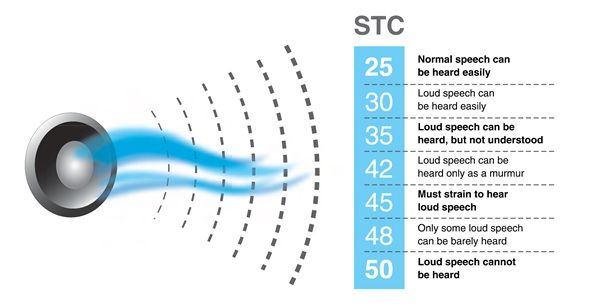
TYPICAL SOUND PRESSURE LEVELS
GOOD CONSTRUCTION PRACTICES:
a) It is important to address and seal all possible paths for ‘flanking noise’.
b) Noise not only passes directly through a shared wall but finds ‘flanking paths’ through poor joints between the wall and floor, poorly sealed penetrations, ceiling spaces, floor spaces, ductwork and even other walls.
c) Adequately seal all floor/wall junctions along perimeter with flexible fire/acoustic sealant.
d) Skirting is not to be used alone to seal gaps.
e) Cornice installed correctly can also provide an acoustic barrier to minimize flanking; an airtight seal must be achieved and maintained.Share this
-




